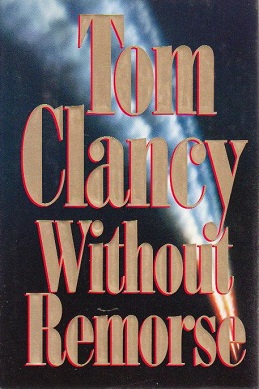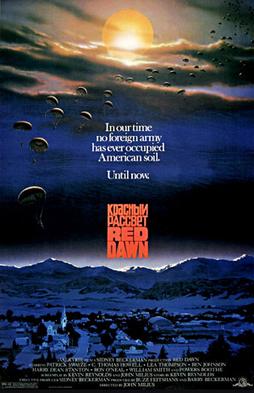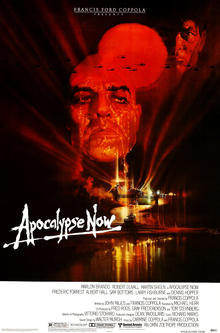Lists
















21 Books
Cross of Iron - WWII Military Fiction
Sort by:
Recent Desc
WWII military fiction with German protagonists
More lists by David Gloer



Vigilante Justice
Payback time. Sounds like a job for old painless...
June 2022
0
D
@davidgloerba82ee



Invasion America
Invasion America fiction, the best fiction like Red Dawn (1984) with contemporary invaders as well as invaders from outer space like V (1984) tv series.
June 2022
0
D
@davidgloerba82ee



Vietnam War Military Fiction
Combat fiction set in the Vietnam War.
May 2022
0
D
@davidgloerba82ee